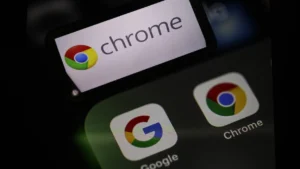How I learned to stop worrying and love Machine Learning
Mastering AI nowadays can be compared to mastering computer literacy at the end of the 20th century. Just as then, computer literacy was key to many professions and spheres of life, so now AI is becoming increasingly important and in demand.













